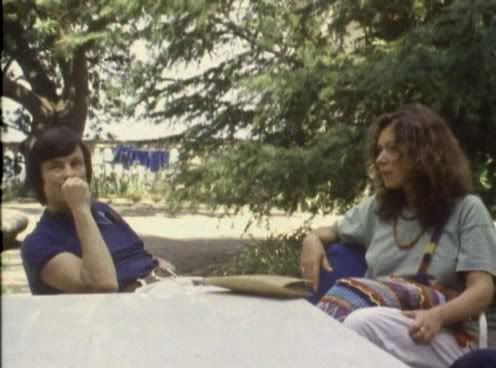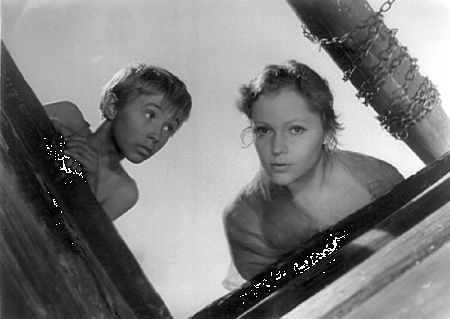
However, we found that Tarkovsky was adament of portraying realism and his perception of life, and he did so. While we appreciate his realistic use of the camera and his stories, we felt the plots in many of his films lacked a rich foundation. Although Tarkovsky claims that his use of the camera is not unique or creative, we found many instances where the way the camera was used was unlike anything we had seen before. Tarkovsky's cinematography was artistic in a sense that he would use objects such as smoke, water, and coins in a way to give a visual experience within scenes that audiences may not have experienced before. Therefore, we as an audience, often times missed such aspects. Tarkovsky's visual tropes were impressive and unique, while his narrative patterns were also unique, but strategic in depicting real life. A reason for why Tarkovsky may have so heavily focused on realism can be found within a book called "Before the Wall Came Down". "For Tarkovsky, home is not only one's native land, not only Russia, but it is the lost world of noble human beliefs, illusions, abandoned beauty, and longing for impossible happiness" (Makolkina, 1990, p. 216).
We enjoyed viewing Tarkovsky's art, and found his ways within film to be complex but also at times captivating. Within Tarkovsky's book, "Scultping in Time", a book about film theory, we find Tarkovsky describing his disdain for more modern film methods such as rapid cut-editing and believes that they take away from the true artistic nature of film. (Tarkovsky, 1986) As you can see, Tarkovsky was determined to be real and natural within his films, and was opposed to change. While more time was needed for us to explore and understand him and his works, we were challenged in analyzing film that we would otherwise never come in contact with.
Works Cited
Johnson, V. T., & Petrie, G. (1994). The Films of Andrei Tarkovsky: A Visual Fugue. Bloomington: Indiana University Press. (Found on Google Scholar)
Makolkina, A. (1990). Before the Wall Came Down: Soviet and East European Filmmakes Working in the West. Lanham, MD: University Press of America. (Found on Google Books)
Tarkovsky, A. (1986). Scultping in Time: The Great Russian Film Maker Discusses His Art. Eighth University of Texas Press. (Found on Google Books)





